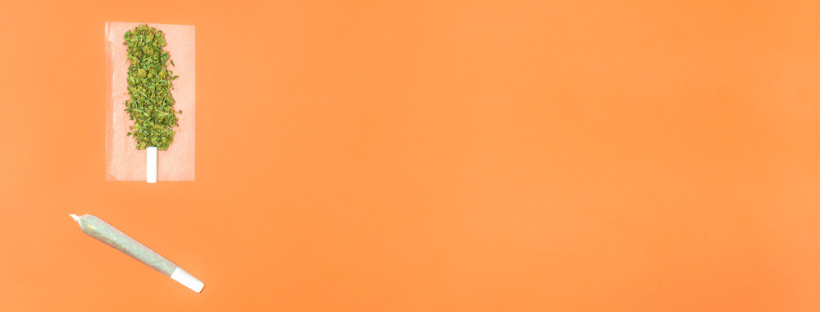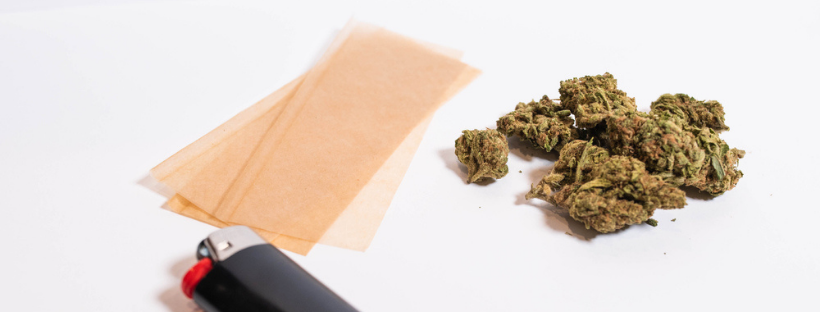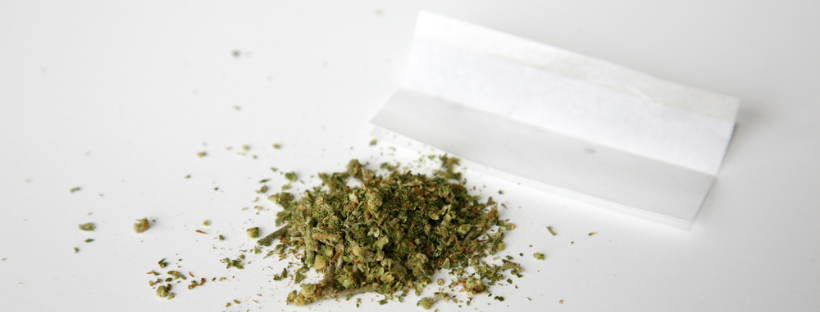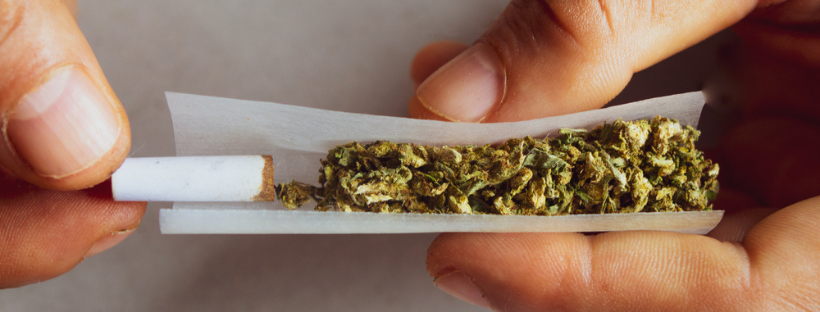Unbiased Guide to the Best Rolling Papers
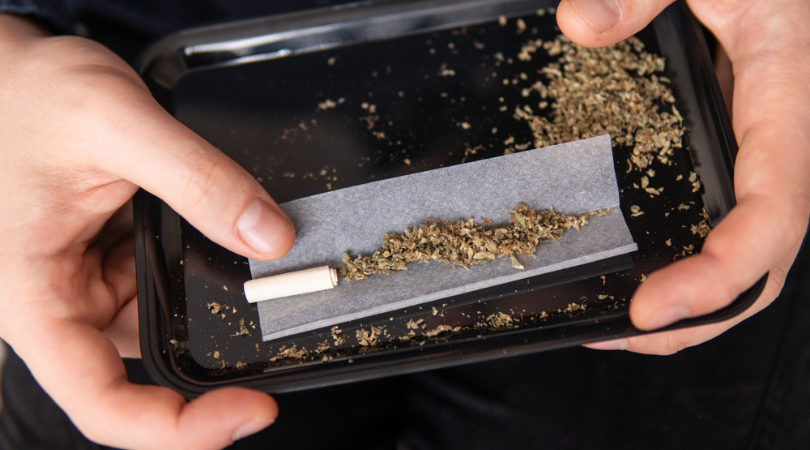
When you go to your local supermarket, you have options. Not just in what you buy, but the type of product you buy. You can choose organic produce, gluten-free noodles, even low carb or low-calorie boxed dinners. Whatever your preferences and dietary needs, you can find groceries to meet them.
The same (or similar) options are available when it comes to rolling your own cannabis joints. You can choose your favourite strain to smoke. And many people are surprised to learn that there are many options when it comes to the type of rolling paper you use.
You can choose paper made of a specific material, made with all-natural products, flavoured or unflavoured — the choices are endless. But, what you picked can affect the bud you are smoking, how quickly your bud burns, and even how easy it is for you to roll your joint.
So, what paper is best? The answer is a matter of experience and preference.
Below, we’ll take a look at what rolling papers are and the different types of papers on the market, as well as the pros and cons each offers users. Then, find some tips to help you select the best rolling paper for you.
What Are Rolling Papers?
Rolling papers are sometimes also called “blanks.” They are a type of paper created and explicitly designed to encase cannabis and then be lit to smoke.
Rolling papers can be made from many different products, including:
- Wood fibres
- Flax
- Rice
- Hemp
In addition to being available in different materials, each paper can also come in different sizes, colours, and even thinness.
The Glue That Holds It All Together
When rolling a joint, you want it all to stay together once you are done making it. Holding it in place can be difficult, and without an adhesive to hold the paper together, your joint can fall apart.
That’s why rolling papers often come with a strip of adhesive on them. This adhesive allows you to seal your joint and ensure nothing unrolls as you smoke.
But, what is this adhesive made of? Like rolling papers themselves, the type of “glue” used on papers can differ. The most common adhesive used, however, is Arabic gum or sugar gum.
This gum is created from acacia trees and is safe for people to use and consume. In fact, you can find this type of adhesive on other products such as stamps and envelopes.
But, if you have a preference on the type of glue you use, you have options. You can:
- Buy papers made with a different type of glue.
- Buy plain papers and a different type of rolling glue and apply it yourself.
- Make your own glue and apply it to papers that don’t come with an adhesive strip.
Making your own adhesive is relatively easy and maybe something to consider if you are watching your sugar intake. But, whenever you buy another type of glue, be sure to read the label so you know what ingredients were used to make it. You don’t want a flammable product in there as that can cause damage to yourself or destroy your joint.
The Pros and Cons of Different Rolling Papers
Although there are many options out there when it comes to rolling papers, we are going to look at three of the most common options. Each paper comes with its own benefits and drawbacks. But, knowing a bit about each will make it easier for you to determine which rolling paper is the best option for you.
1. Hemp rolling papers
Hemp itself is a popular plant and can be used to make everything from hemp clothing to CBD. It can also be used to make rolling papers.
Pros: Hemp papers are popular for many reasons. They are easy for those new to making their own joints to manipulate because they are sturdy without being tough. They also have a mild flavour that won’t interact too much with the flavour of your weed. Plus, for those who are passionate about sustainability, hemp is a great option. This crop is fast-growing and is good for the soil it grows in, helping to replenish the nutrients found in it.
Cons: Hemp papers can be a bit thicker than others, so those who are rolling experts may find the paper difficult to manipulate. Hemp papers can also be a bit more expensive, and you may not get as many per container as you would others. For budget-minded cannabis users, hemp rolling papers may be too much.
2. Wood Pulp Rolling Papers
This type of rolling paper is considered one of the most popular and a great option for beginners.
Pros: They are widely considered easy to handle, even for those who are new to rolling joints. They are also slow-burning, which can help your cannabis experience last longer and give you time to enjoy smoking with friends. They are also generally priced on the cheaper side of the price scale, making them a good choice for budget-minded shoppers.
Cons: The reason they are slow-burning is that they often contain chemicals or additives to slow down the burn rate. If you want a natural product, this may not be the best option for you. Some wood pulp rolling papers can be considered lower quality, especially when compared to other types of papers.
3. Rice Rolling Papers
These papers are known for producing a very tidy-looking joint and often fall between hemp and wood pulp on the price scale.
Pros: They have a nice burn and generally will not outpace the burn of your bud. They also have a clean taste that helps the natural flavour of your chosen cannabis strain shine through. Many people also prefer to use rice papers because they utilize food-safe ingredients. If natural ingredients are essential to you, but hemp is too pricey, rice rolling papers make an excellent alternative.
Cons: Although using rice rolling papers can leave you with a great-looking joint, they can be a bit more difficult for people to manipulate as they are a bit thin. It may take some practice to get the hang of rolling your herb using these papers.
4. Flax Rolling Papers
Often considered the best of both worlds, flax rolling papers are quickly becoming a favourite paper among many cannabis enthusiasts.
Pros: Flax rolling papers are easy to roll, making them a great choice for beginners. They also have less combustion, so you taste less smoke and more of your favourite bud. Flax is also sometimes used as a hemp alternative if hemp papers are too expensive or not available.
Cons: Flax paper is easy to roll, but it is usually quite thin as well. Those who aren’t used to working with thin paper may accidentally tear it. Also, flax paper hey can sometimes be a bit harder to find.
5. Novelty Rolling Papers
These papers include those that are flavoured or come in bright colours or have unique designs. Their purpose is often more aesthetic than function.
Pros: These papers allow users to express their individuality by choosing papers in their favourite colour or that bear their favourite cannabis brand’s logo. If you chose a flavoured rolling paper, you could change or improve the flavour of the nug you wrap in it.
Cons: When buying novelty rolling papers, it is essential you look at the ingredients to ensure there is nothing in there that you should not be inhaling. These papers often contain additives to give them their flavour and colour, making them the least natural product of your rolling paper options.
How to Choose the Right Rolling Paper
The type of paper you decide to use when rolling your joints is really a matter of preference. But, there are things you’ll want to think about and take into consideration before purchasing your papers.
To choose the best rolling paper for you, you’ll want to:
- Take your experience into consideration. If you are new to rolling joints, you’ll want a paper that is thick enough to not tear easily but also thin enough to roll. You may want to start with one type of paper and then change to another as you get more practice at rolling joints.
- Think about your personal beliefs. If sustainability is important to you or you want a product clear of additives, that will drive your decision. Make sure to read the labels of any product you choose to ensure it follows your preferences.
- Remember your budget. Different types of rolling papers have different costs, with hemp papers generally being the most expensive. If you have a budget in mind, this can help quickly narrow down your options while shopping.
- Consider the burn they offer. Some papers will burn faster than others. If you are looking for a slow burn to create a long-lasting smoking experience, that will influence the paper you’ll choose. Keep in mind, sometimes to achieve a slower burn, papers will be infused with additives.
- Think about flavour. Some papers will have their own flavour while others have minimal. Still, others may be made to have a specific flavour. This can all influence the taste of your cannabis bud. Decide if you have a preference or what will best enhance your smoking experience: no flavour or lots of extras.
How to Roll a Joint
So, you’ve decided what rolling papers you want to use. Now, you are ready to make your first joint. Thankfully, the hard part is done after you choose your paper.
To roll your first joint, you will need some equipment. Gather up the following:
- Your chosen cannabis strain
- A cannabis grinder
- Your rolling papers
- A filter (or crutch)
- A rolling tray (optional)
- A pen or similar object
Now to roll your papers, you have to:
- Use your grinder to break down your bud.
- Place your filter at one end of your paper.
- Fill the paper with your bud, putting less at the end with the filter.
- Pack the cannabis down using your pen or finger as you carefully roll the joint.
- Seal it using the adhesive strip on your rolling papers.
You can grind and pack your joint over your rolling tray to help ensure easier clean-up once you’ve made your joint. But, again, this is optional.
Not Into Rolling a Joint?
Perhaps rolling your own joints sounds like a lot of work and decision-making, and you don’t want to do that. That is totally fine. There are other cannabis options out there for you.
You can purchase pre-rolled joints, which are made for you by a manufacturer. Just be sure to find one that is filled with quality cannabis and a strain you like. You can buy these individually or in packages.
You can also try other popular cannabis consumptions methods, including:
The options are endless; you just need to find the consumption method that works best for you.
Rolling Papers: Final Thoughts
Rolling your own joint is a classic way to consume and experience cannabis. It’s been around for ages, and for a good reason. But, you may be surprised to discover all the different rolling paper options that are out there.
Before you purchase your rolling papers, you’ll need to do a little research and think about the type of experience you want to have. Your skill level when it comes to rolling joints and how quick you want them to burn can all guide you as you select the right rolling papers for you.
Whatever paper you end up purchasing, just remember that making a joint is a bit of an art form and a skill. Your joint may not be the prettiest the first time you make it, but you’ll get better the more you do it. And the paper you chose today may not be the right one for you a few months down the road as you get better at rolling joints.

